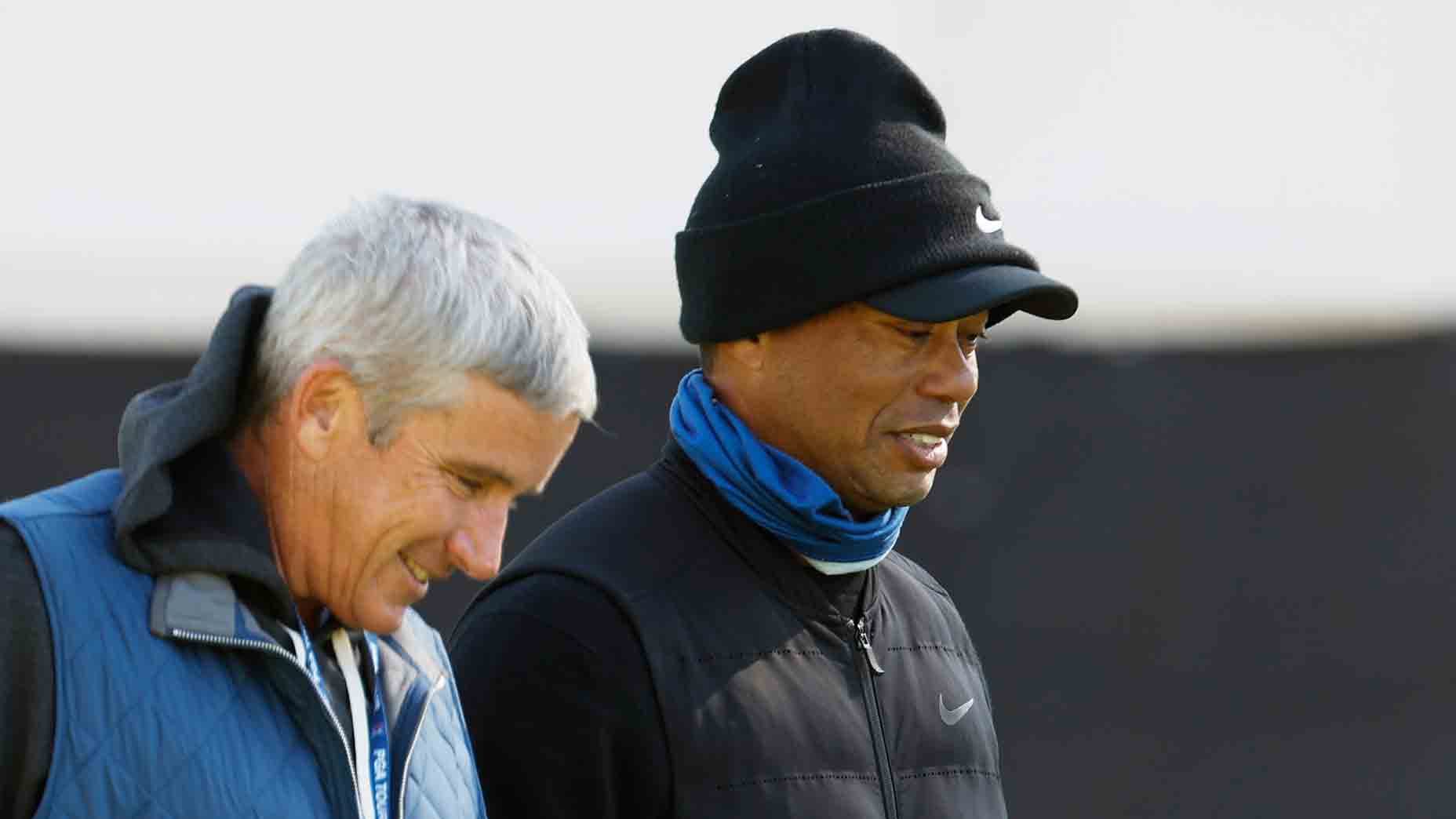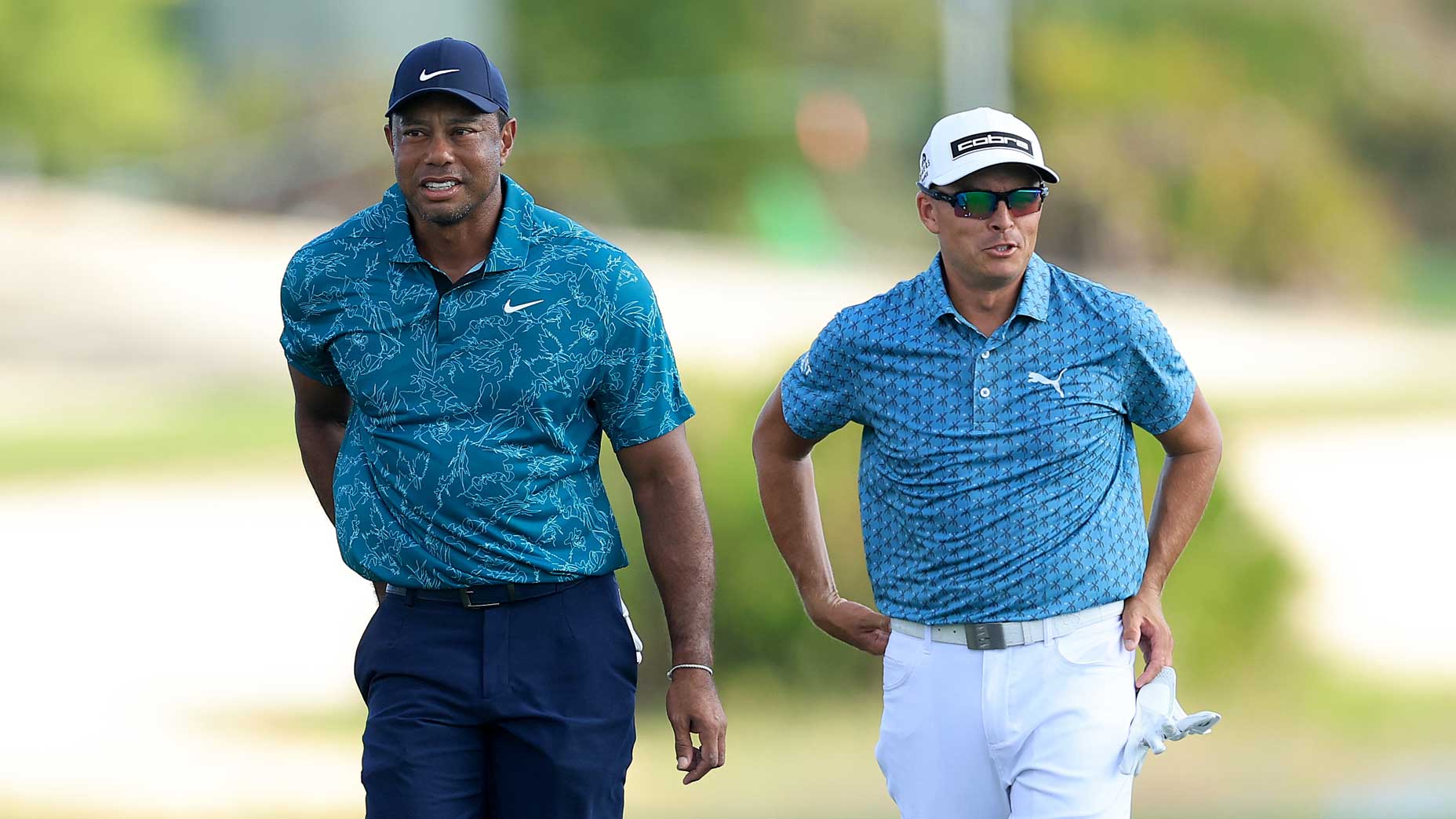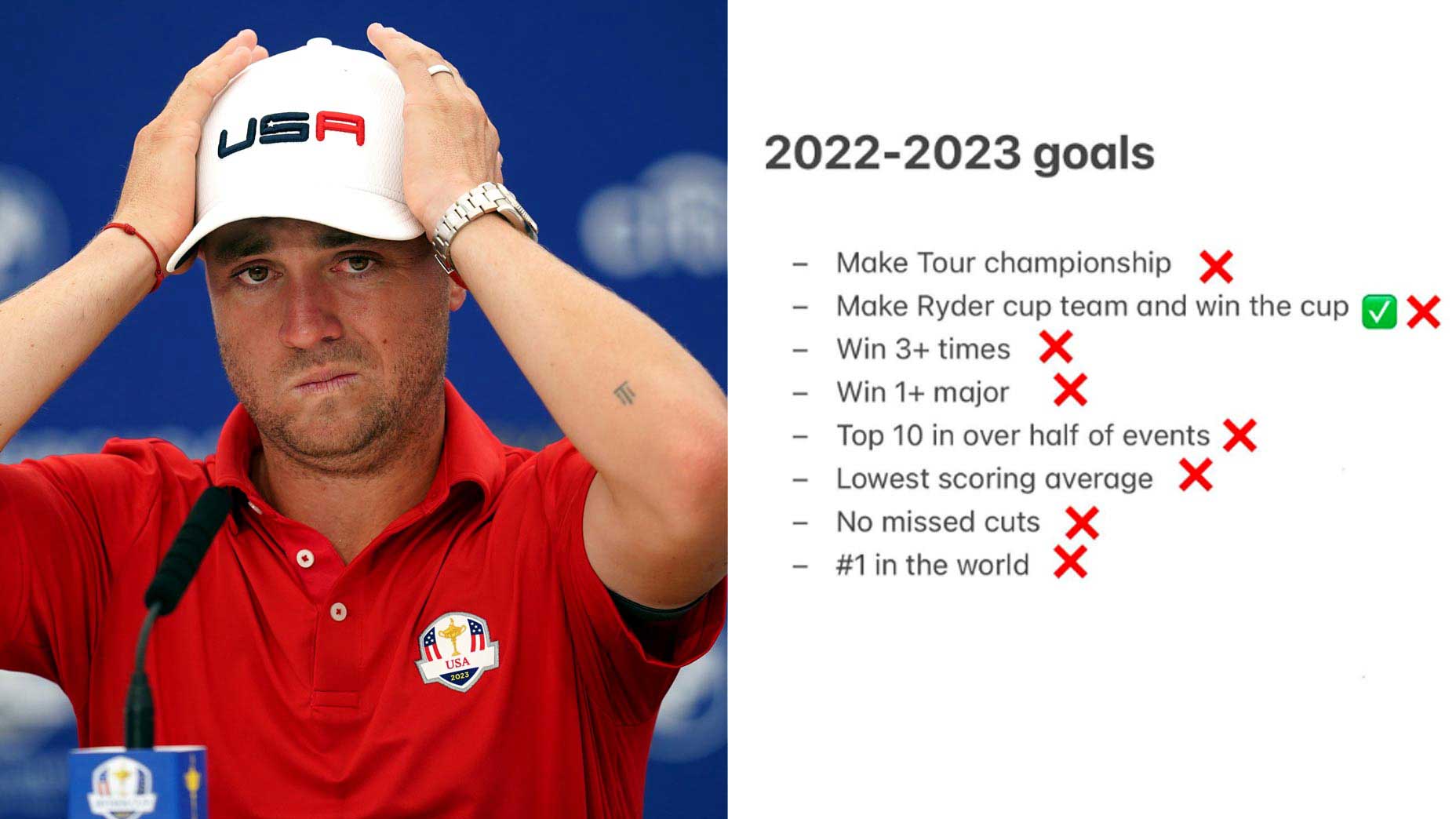LIV’s stigma is fading. But another inconvenient truth persists

Jon Rahm will soon be joining Phil Mickelson on the LIV Golf tour.
getty images
At LIV Golf’s debut tournament, in London, in June 2022, you couldn’t have blamed the players for wanting to don body armor when they faced the media, because those first few sessions with reporters felt less like press conferences than sparring sessions.
Players needed to explain not only why they were turning their backs on the PGA Tour but also why they were taking gobs of money from a league backed by a government with a troubling human-rights record. Talor Gooch was asked whether he understood “the arguments” that he was “legitimizing a degree of sportswashing of Saudi Arabia and its regime?” Graeme McDowell, Dustin Johnson and Louis Oosthuizen were asked how they reconciled their decisions to sign with LIV with the atrocities Saudi Arabia has been accused of committing. (“We are not politicians,” McDowell said sheepishly. “We are professional golfers.”) Phil Mickelson, still reeling from his incendiary comments about his “scary” Saudi bosses, fielded the most pointed questions, with one reporter asking whether Mickelson “could be seen as a Saudi stooge, and that could tarnish your legacy?”
Even Ari Fleischer, the controversial former press secretary under President George W. Bush who LIV recruited to help media-train the players and shepherd press conferences, himself became a target.
“Ari,” he was asked in that first wave of pressers, “you tweeted in 2011 about Saudi Arabia spending billions, hundreds of billions so they won’t be overthrown. Is this golf series planned, so Mohammed bin Salman won’t be overthrown, potentially to protect him? Is that what you’re working towards?”
“That was a long, long time ago,” Fleischer said.
LIV’s maiden event also feels like a long, long time ago. In the 17 months since the league officially launched, LIV has signed Bryson DeChambeau, Brooks Koepka and Cameron Smith; seen one of its players, in Koepka, win a major championship; and, in the most once-unthinkable of all plot twists, engaged in negotiations to invest in the PGA Tour. Vader and Skywalker, Inc.
And then came Thursday, when LIV announced its biggest signee yet: world No. 3 Jon Rahm, a global star who brings the fledgling league not only Q-rating, exquisite talent and a green jacket but also proof that even steadfastly loyal PGA Tour players can be turned. You’ve likely seen or heard the clip of Rahm, at the U.S. Open just five months ago, making an impassioned and convincing case for the PGA Tour. (On Friday morning that piece of audio even made its way over the airwaves of New York City sports-talk radio station WFAN, which rarely covers golf). Legacy, better format, how much money does any one player need, yadda yadda.
It was impossible to listen to Rahm’s credo and think he could ever jump ship, and yet there he was Thursday evening explaining his about-face in a sporty black-and-white LIV Golf letterman jacket — first to a group of reporters on a hastily arranged Zoom call and soon after to Fox News watchers in a live interview with host Brett Baier.
Rahm was asked what changed. He copped to the money enticing him, but also cited LIV’s “innovation” and team format. He was not asked the same sticky questions that his predecessors faced. No queries about human rights, or sportswashing or slain journalist Jamal Khashoggi. No longer did journalists address him with judgment and combativeness. Rahm’s Tour peers, who might rightfully feel abandoned by him, also seemed disinclined to jab him.
Several pros spoke Thursday to the sadness they felt about the growing chasm in pro golf, but none publicly put Rahm on blast. Even Rory McIlroy, who through the tensest days of LIV’s formation carried the torch for the Tour, sounded resigned to pro golf’s new reality. “It’s hard to sit here and criticize Jon because of what a great player he is and the experiences I’ve had with him,” McIlroy said in an interview with Jamie Weir of Sky Sports earlier this week. McIlroy went as far as to say that the DP World Tour should change its Ryder Cup eligibility rules so Rahm can play for Europe at Bethpage in 2025.
He added: “You can’t judge someone for making a decision that they feel is the best thing for them. Is it disappointing to me? Yes. But the landscape of golf changed on June 6, whenever the framework agreement was announced. Because of that, it made the jump from the PGA Tour to LIV a little bit easier for guys. They let the first guys take the heat. This framework agreement legitimizes what LIV is trying to do.”
McIlroy’s right. Even in the unlikely scenario that the framework agreement disintegrates, the Tour already has shown its cards: It’s OK to do business with LIV and Saudi Arabia. For players who have been sitting on the fence about joining LIV, the Tour’s dealings might be the push they’ve needed. And now with Rahm coming aboard, antsy Tour players likely will feel even more emboldened to make a move. However you feel about LIV’s backers, the stable they have gathered — Rahm, Koepka, Cam, Bryson, DJ, Phil, Niemann, Reed, Mito, Gooch, et al. — is formidable.
And yet — and this is a big qualifier — even with all that positive momentum, LIV still faces a deeply inconvenient truth: no matter how many stars it signs, its tournaments remain largely unwatchable. This is not only your correspondent’s opinion; it is the belief of golf fans, who thus far have been disinclined to tune into LIV broadcasts, according to what limited TV ratings have been made available.
Will that change with Rahm’s arrival? Doubtful. But what if more players come over? Might there be a tipping point? Rahm soon will have a team to fill out, and it’s hard to imagine him populating it with has-beens. Beyond those vacancies, LIV says it also has room to add one more team. That means that we potentially could see seven more players following Rahm to LIV. Which players? You don’t need to follow the game that closely to have heard the whispers.
“There are rumors out there,” Justin Rose told Golf Channel Thursday, ”and I’ve spoken to some of the named rumors and they’re playing it very straight — they do seem like rumors. But I don’t know where the truth lies.”
These days, no one does. Even uber-knowledgable and plugged-in McIlroy, who just a month ago said he had spoken to Rahm and “would be very, very surprised” if he signed with LIV, adding, “I’m pretty confident Jon is a PGA Tour player.”
This is pro golf’s new paradigm: No one seems to know much of anything with any certainty. We are now just 23 days from the Tour’s stated deadline to announce whether its partnership with LIV’s funders, Saudi Arabia’s Public Investment Fund, will move forward, and the players still seem in the dark about what’s going to happen. That Rahm would leave the Tour in the eleventh hour of those talks is curious. It could be a sign that the negotiations are not going well, and Rahm is cutting bait as a shin-kick to a Tour that he and many other players feel betrayed him. Or conversely, it could be an indication that the deal is progressing and LIV players soon will not face many of the restrictions by which they now are bound — so why not take the money and run?
However things shake out, Rahm’s decision will go a long way in destigmatizing LIV, and another wave of defections seems imminent.












